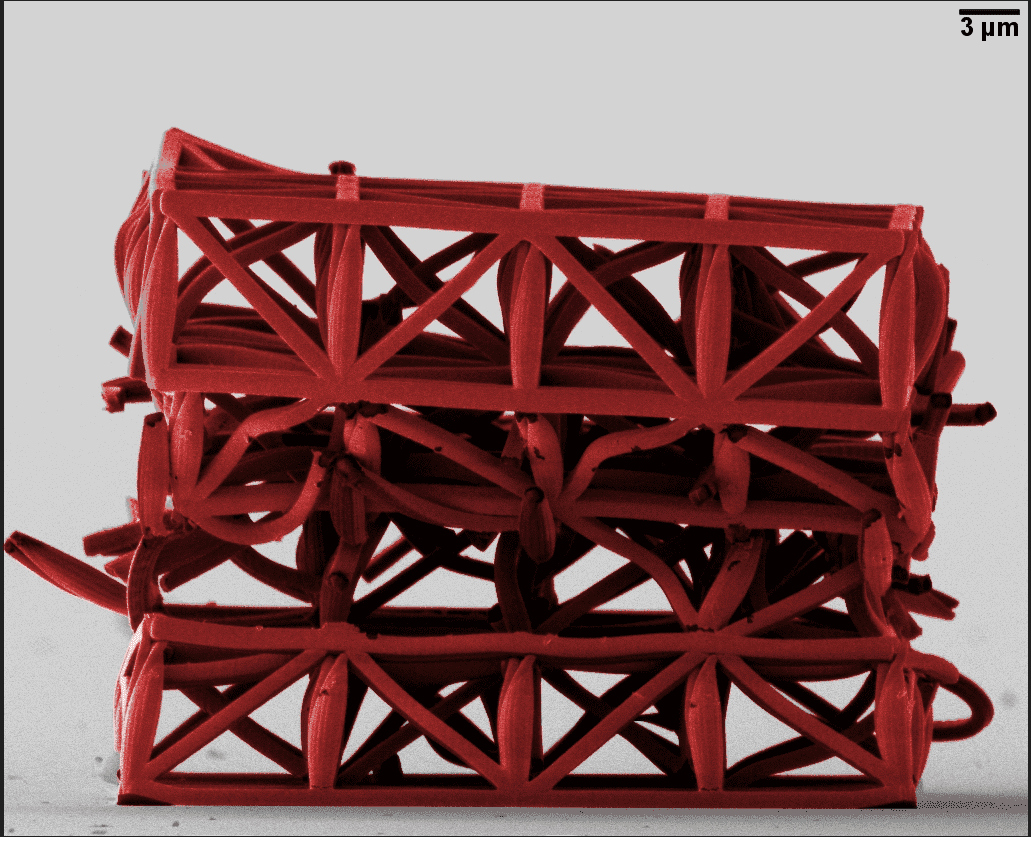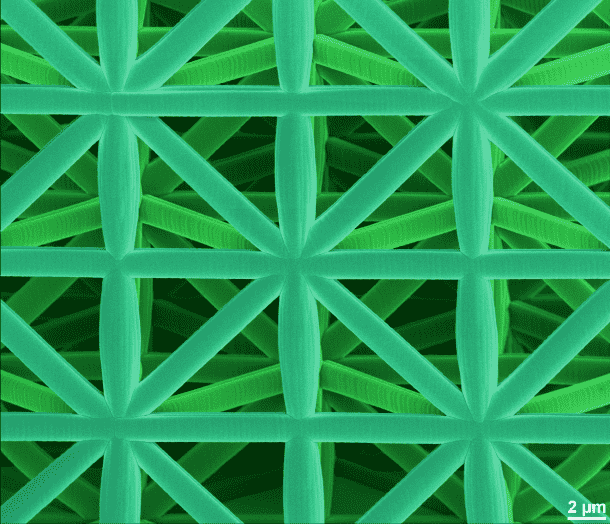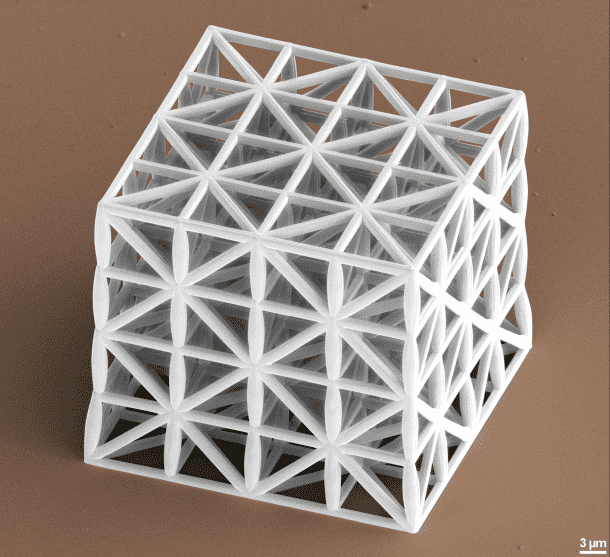One of the conundrums that has been plaguing the minds of engineers for centuries is how to make a low density material without compromising on the strength. With our imagination going beyond the skies, engineers are searching for tough, durable materials that won’t weigh down on their creations.
Scientists in Germany have created a lightweight, yet super strong material which has a structure similar to one of nature’s toughest and most durable materials – our bones. This is not the first instance when science has adopted concepts from mother nature and it surely isn’t the last. Using an advanced 3D printer, the scientists were able to mimic the intricate microscopic architecture of the bone. This research could lead us into a future of super-light materials that can be used in micro-fluidics devices and also allow us to build lighter, cheaper spacecrafts.
Industrial materials such as steel are solid and thus have a high density and weight, which makes them undesirable in the construction of something light and strong such as an airplane. The trick is to create a structure with pockets of air which are arranged regularly. This allows the material to be light and because of the regular structure, strong as well. Scientists have created artificial ‘cellular’ materials such as aluminium foam, but the porous material is weaker than the solid version. Wood and bone don’t have this problem, mainly because their microstructures are regular and crisscrossed which makes them less dense and yet able to bear great loads.
The researchers used a high-tech 3D printer called a 3D laser lithography machine to make tiny microstructures using a ceramic-polymer composite. The designs range from cubic grids to hexagonal honeycombs. The resulting material was so tough and durable that it’s strength exceeded that of any other material with a density less than that of water. Mass production of such materials is still an issue which has to be answered, but this bio-inspired material could also give us a future with safer buildings and lighter transport vehicles.





